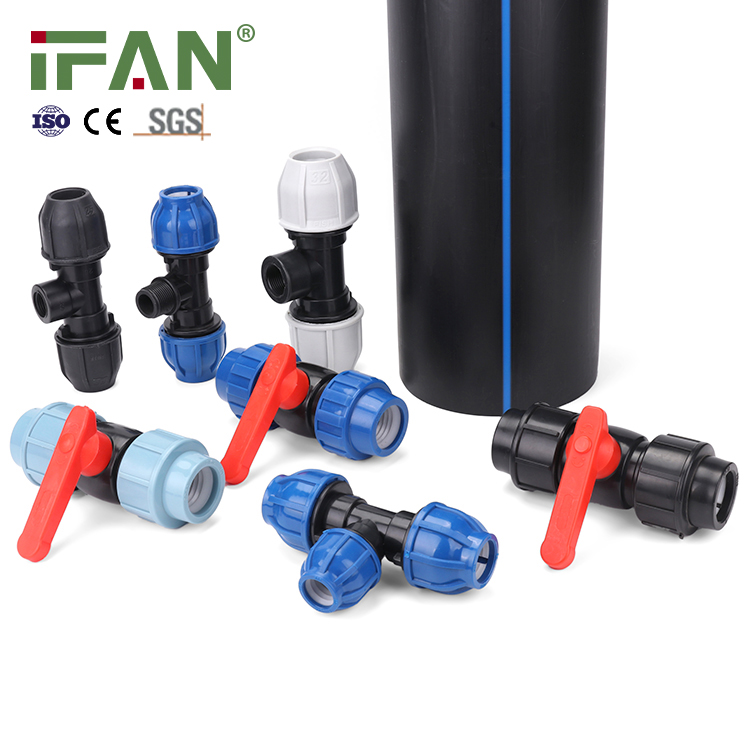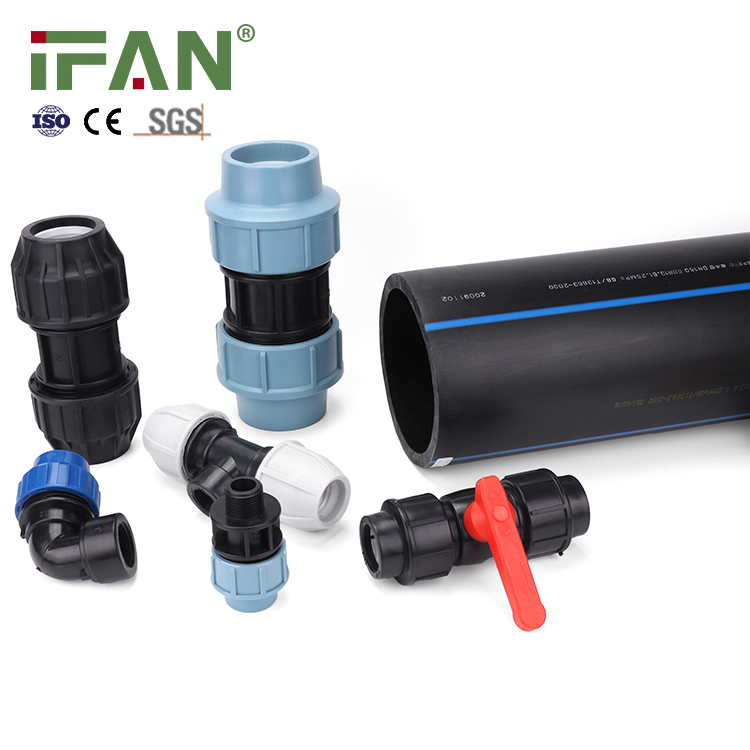Flexible HDPE Fittings for Easy Installation and Maintenance
Flexible HDPE (high-density polyethylene) fittings are quickly becoming the go-to choice for many industries due to their ease of installation and maintenance. These fittings are made of tough, durable materials and are designed to be repositioned or adjusted as needed.
One of the biggest benefits of HDPE fittings is their flexibility. This means that they can be easily molded to fit a variety of different applications, which makes them ideal for use in a wide range of industries, including water management, agriculture, mining, construction, and more.
Another important advantage of HDPE fittings is their simple installation process. Unlike other types of fittings, which often require special tools or skills to install, HDPE fittings can be easily installed using simple hand tools. This makes them a great choice for maintenance and repair work, as well as new installations.

In addition, HDPE fittings are generally resistant to corrosion, chemicals, and other harsh environmental conditions. This means that they can be relied upon to perform well even in the toughest of environments, which makes them ideal for use in industrial applications where durability and reliability are essential.
Flexible HDPE fittings are also cost-effective and environmentally friendly. They are often lightweight, which means that they can be shipped and installed more easily than heavier alternatives. Additionally, they are made from recyclable materials, which makes them an eco-friendly choice for companies that are committed to sustainability.
Overall, flexible HDPE fittings are a great choice for anyone looking for a durable, reliable, and easy-to-install solution for their industrial needs. With their flexibility, durability, and ease of installation and maintenance, they are sure to meet the needs of a wide range of applications and industries.






